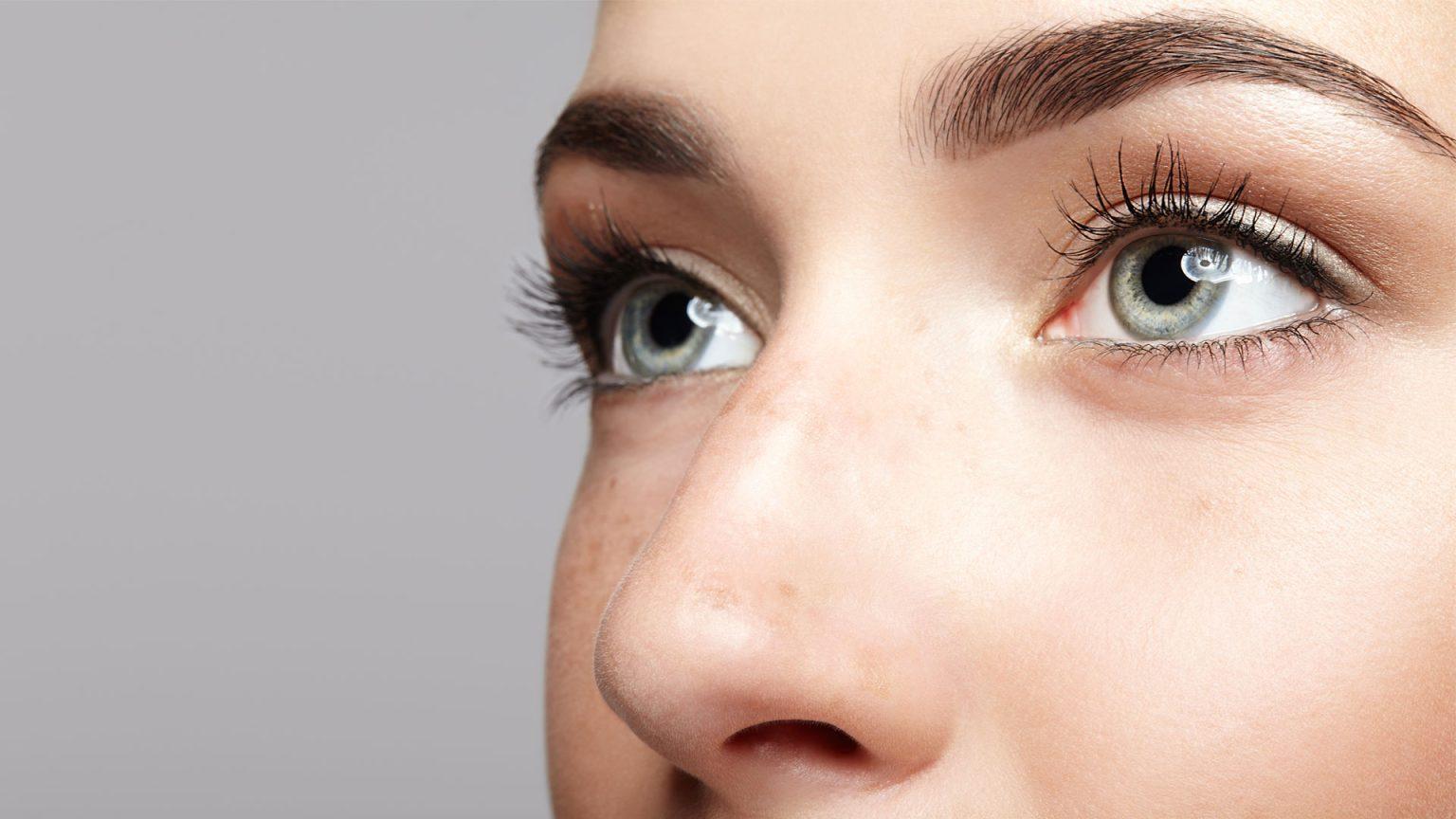What is Presbyopia?
Presbyopia is an age-related eyesight impairment which causes your eyes to gradually lose their ability to focus on close objects. As a common and often irritating aspect of the natural ageing process, the condition becomes noticeable in patients in their early to mid-forties. Symptoms gradually worsen throughout this period until the age of around 65. Fortunately, a range of surgical and treatment options are available at Cathedral Eye Clinic, with pricing packages to suit all budgets
For many patients, presbyopia becomes apparent when day-to-day close-vision activities become more challenging: books and newspapers may need to be held at arm’s length in order to read them, or actions such as writing or drawing may become difficult. Often the statement that ‘one’s arms are getting too short’ is used initially, as one pushes papers etc further away in order to read them, until that no longer works and then reading glasses are required. Whilst presbyopia presents a hindrance to the lifestyles we have become accustomed to, it is important to understand that every single person in the world who lives beyond 46 years will experience presbyopia.
Causes of Presbyopia
The cause of progressive loss of focus is not completely understood and is currently still a source of disagreement within the ophthalmological community. There are various theories as to the cause of presbyopia, but these can be divided into two main categories: those of lenticular (lens related) and extra-lenticular (outside of the lens).
- In the lenticular category ageing changes affecting the lens causing it to harden and lose elasticity along with similar changes to the capsule and zonules.
- In the extra-lenticular, the theory promotes that the main problem is due to the loss of ciliary muscle function and liquefaction of the posterior vitreous gel.
Various researchers have promoted theories which have become associated with the researcher’s names. The most well known are:
- Helmholtz theory: Otherwise called ‘the classical theory’ put forward over 150 years ago- whereby it was “during accommodation, the ciliary muscle contracts and moves both anteriorly and inwardly. This decreases tension on zonular fibres and, in turn, causes increased curvature in the elastic lens resulting in increased focusing power”. As the lens hardens and becomes less elastic this shape change becomes less and less possible.
- Schachars theory: Schachars in his theory, however, proposed that the presence and insertion points of the equatorial zonular fibres mean that during contraction of the ciliary muscle, the tension increased in these zonules and the lens capsule resulting in increases in lens curvature due to the active contraction of the ciliary muscle. As the lens continues to grow throughout life but the scleral wall remains relatively static in size and so, therefore, the space within the eye in which the lens resides also remains the same size. This results in a mismatch and therefore a gradual slackening of tension in the zonular fibres. Once slack even if the ciliary muscle contracts properly it is no longer enough to gain sufficient tightening of the zonules to cause lens shape change.
The true cause of presbyopia probably involves components of most of the current theories. The resultant physiological problem, however, remains the same:- that of increasing difficulty with reading close work.
Whilst there isn’t any singular reason for developing presbyopia, it is widely understood to most commonly occur in adults aged from their mid-forties to mid-sixties. It can, therefore, be argued that the root cause of presbyopia is natural and experienced by us all: ageing.
The Five Types of Presbyopia
It is understood that there are five main types of presbyopia:
- Nocturnal presbyopia: A type of presbyopia where low light conditions make it especially difficult to focus on close objects.
- Incipient presbyopia: Most commonly experienced by patients aged in their mid-forties, incipient presbyopia is the earliest stage of the condition.
- Premature presbyopia: This is a type of presbyopia which occurs in patients younger than the age of forty and is usually associated with pre-existing hyperopia. Whilst treatable, this type of presbyopia is less common in the general population.
Absolute presbyopia: This type of presbyopia causes your eyes to be unable to focus at all on close objects (this is more prevalent in patients aged from their mid-sixties onwards).
Presbyopia Symptoms
Whilst this eye condition develops gradually, patients normally experience symptoms when they are aged in their forties. These symptoms include:
- Distorted, fuzzy or blurred vision when attempting to read words at a normal distance.
- A significant difficulty in reading the small print.
- Headaches and strained eyes after reading or doing close vision work, such as writing.
- Worsened symptoms with tiredness or in dimly lit areas.
- Reading material at arm’s length in order to recognise words and letters.
Presbyopia Treatment
Presbyopia treatment comes in a range of options. However, prescription glasses and corrective lenses are normally sufficient in treating this visual impairment.
- Glasses: Safe, simple and sometimes fashionable, trying different powers of the lens will help you find the right pair of glasses to read the material at a comfortable distance. An optometrist may recommend bifocal lenses, which feature a horizontal line which separates your distance prescription. Trifocal lenses will feature two horizontal lines and offer corrections for both close vision work and middle distance work. Meanwhile, progressive (multifocal) lenses will provide corrections for close-vision work, and are particularly useful for computer-based work.
- Contact lenses: An alternative to wearing prescription glasses, contact lenses are attractive to patients who do not wish to have their lifestyles impacted by unwanted glasses. An optometrist may recommend bifocal contact lenses, which offer corrections for both distant and close-vision issues. Alternatively, a recommendation for monovision contact lenses will see you wear both bifocal and multifocal lenses in different eyes (the bifocal lens will normally be in your dominant eye).
- Laser Corneal Surgery: A range of laser eye surgery options are available, some of which are exclusive to Cathedral Eye Clinic. Examples of presbyopia treatment include LASIK surgery, which is normally quicker and less painful than other eye surgery procedures.
- LASIK Blended Vision Treatments: Laser LASIK treatments available to manage presbyopia include blended vision treatments which modify the corneal shape, utilising low-level corneal aberrations to blend the vision from both eyes to enhance the ability of both eyes to deal with the loss of intraocular lens focusing.
- SMILE: Cathedral Eye Clinic offer Ireland’s only VisuMax SMILE Laser Eye Surgery Clinic, which utilises the most advanced technology to ensure minimal pain and minimal recovery time.
- Intraocular Treatments: Monofocal IOL treatments can be combined with the laser treatments above to both fine-tune and optimise distance and near vision for permanent visual options. Meanwhile, Cathedral eye clinic has been at the forefront of promoting various IOL combinations to enhance patient recovery and optimise visual outcomes while maximising spectacle independence.
Learn about more common eye conditions such as Short-Sightedness and Long-Sightedness with Cathedral Eye Clinic.
Bring your world into focus. To hear more about presbyopia, including the range of treatments available to treat the condition, contact Cathedral Eye Clinic today.







